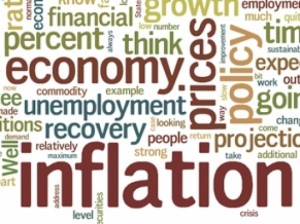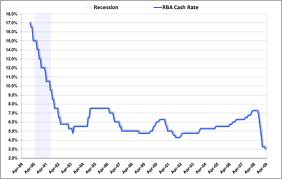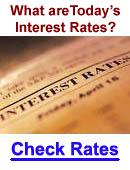Mortgage Rates Relatively Unchanged
 Freddie Mac today released the results of its Primary Mortgage Market Survey® (PMMS®), showing fixed mortgage rates moving slightly higher while continuing to remain near their all-time lows helping to support the housing market.
Freddie Mac today released the results of its Primary Mortgage Market Survey® (PMMS®), showing fixed mortgage rates moving slightly higher while continuing to remain near their all-time lows helping to support the housing market.
News Facts
- 30-year fixed-rate mortgages (FRM) averaged 3.41 percent with an average 0.7 point for the week ending October 25, 2012, up from last week when it averaged 3.37 percent. Last year at this time, the 30-year FRM averaged 4.10 percent.
- 15-year fixed rate mortgages this week averaged 2.72 percent with an average 0.6 point, up from last week when it averaged 2.66 percent. A year ago at this time, the 15-year FRM averaged 3.38 percent.
- 5-year adjustable-rate mortgages (ARM) averaged 2.75 percent this week with an average 0.6 point, the same as last week. A year ago, the 5-year ARM averaged 3.08 percent.
Quotes
Attributed to Frank Nothaft, vice president and chief economist, Freddie Mac.
“Mortgage rates remained relatively unchanged this week and should continue to support the housing market and mortgage refinance. Existing home sales in September eased slightly to 4.75 million but was the second strongest annualized pace since May 2010. Moreover, new home sales rose to the most since April 2010. In addition, low rates and strong demand have already pushed the FHFA purchase-only home price index in August to its highest level (seasonally adjusted) since June 2010. And not surprisingly, the Federal Reserve in its October 24th monetary policy announcement acknowledged the further signs of improvement in the housing sector, albeit from a depressed level.”
Freddie Mac’s survey is the average of loans bought from lenders last week, including discount points. Applicants must pay all closing costs at these rates. No cost loan rates higher.
Follow this link to view today’s MN and WI mortgage interest rates.





